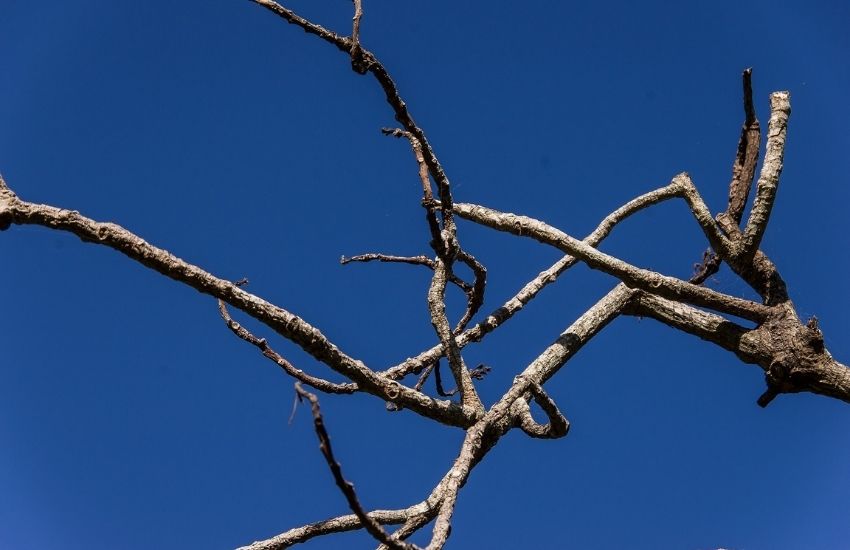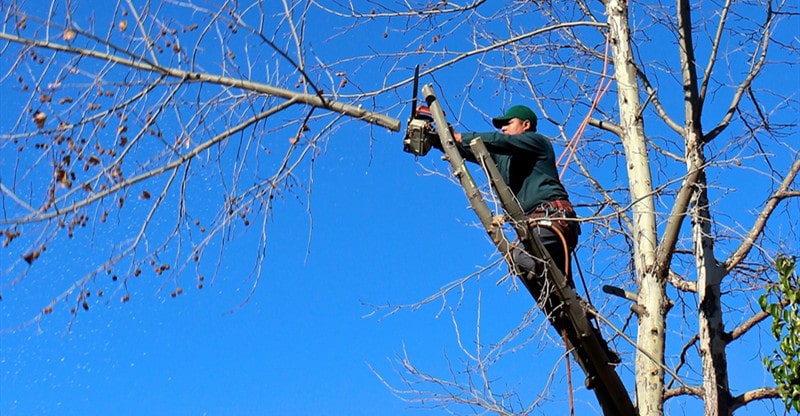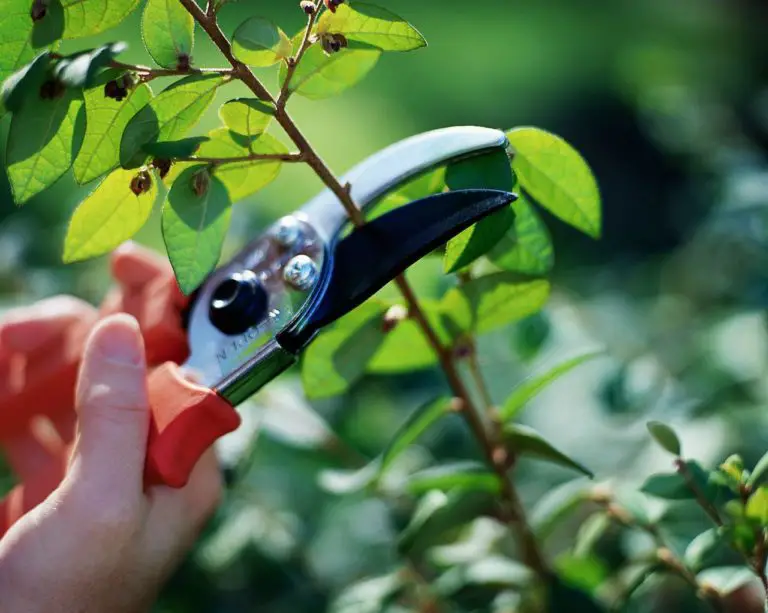Why Dead Branches Are a Threat to Tree Health
Dead branches can pose a significant threat to the health and well-being of trees. When left unchecked, they can spread disease, attract pests, and create structural weaknesses that can lead to branch failure. This can result in damage to property, injury to people, and even the death of the tree itself. Should you prune dead branches, you can significantly reduce the risk of these negative consequences. In fact, dead branches can become a breeding ground for pests and diseases, which can then spread to other parts of the tree, causing further damage. Additionally, dead branches can also create an eyesore, detracting from the aesthetic appeal of trees and landscapes. By understanding the risks associated with dead branches, tree owners can take proactive steps to prevent these problems and promote healthy tree growth.
The Benefits of Pruning Dead Branches: A Tree’s Best Defense
Pruning dead branches is a crucial step in maintaining the health and appearance of trees. By removing dead branches, trees can benefit from improved air circulation, increased sunlight penetration, and enhanced overall aesthetics. Should you prune dead branches, you can also reduce the risk of disease and pest infestations, which can spread quickly through dead wood. Additionally, pruning dead branches can help to promote healthy growth, as the tree can redirect its energy towards growing new, healthy branches. Furthermore, pruning dead branches can also improve the structural integrity of the tree, reducing the risk of branch failure and potential damage to property or people. By understanding the benefits of pruning dead branches, tree owners can take proactive steps to protect their trees and promote healthy growth.
How to Identify Dead Branches: A Visual Guide
Identifying dead branches is a crucial step in the pruning process. Should you prune dead branches, it’s essential to know what to look for to ensure that you’re removing the right branches. Dead branches can be identified by looking for signs of decay, such as cracks, splits, or holes in the bark. Brittle or broken limbs are also a clear indication of dead branches. Additionally, dead branches may be discolored, with a grayish or brownish hue, and may lack the vibrant green color of healthy branches. Other signs of dead branches include fungal growth, such as mushrooms or conks, and the presence of pests, such as beetles or borers. By knowing what to look for, tree owners can accurately identify dead branches and take the necessary steps to prune them, promoting healthy growth and reducing the risk of disease and pest infestations.
When to Prune Dead Branches: Timing is Everything
Timing is crucial when it comes to pruning dead branches. Should you prune dead branches, it’s essential to do so at the right time to minimize stress to the tree and promote healthy growth. One of the best times to prune dead branches is during the dormant season, typically from late fall to early spring. During this time, the tree is less active, and pruning dead branches can help to reduce the risk of disease and pest infestations. Additionally, pruning after storms can help to remove damaged branches and prevent further damage. It’s also important to prune dead branches when they are crossing or rubbing against other branches, as this can cause damage to the tree’s bark and create an entry point for disease. By pruning dead branches at the right time, tree owners can help to promote healthy growth and reduce the risk of branch failure.
The Pruning Process: A Step-by-Step Guide
Pruning dead branches is a delicate process that requires careful attention to detail and the right techniques. Should you prune dead branches, it’s essential to follow a step-by-step guide to ensure that the job is done safely and effectively. First, gather the necessary tools, including pruning saws, loppers, and gloves. Next, identify the dead branches and determine the best cutting technique to use. For small branches, use a pair of loppers or pruning shears to make a clean cut. For larger branches, use a pruning saw to make a gradual cut, working from the bottom up to avoid splitting the branch. When making a cut, always cut outside the branch collar, the raised area where the branch meets the trunk, to prevent damaging the tree. Additionally, make sure to disinfect your tools between cuts to prevent the spread of disease. Finally, remove the pruned branches from the area to prevent them from causing further damage. By following these steps, tree owners can safely and effectively prune dead branches and promote healthy growth.
Common Mistakes to Avoid When Pruning Dead Branches
While pruning dead branches is an essential part of tree maintenance, it’s equally important to avoid common mistakes that can cause more harm than good. Should you prune dead branches, it’s crucial to be aware of these mistakes to ensure that the pruning process is safe and effective. One of the most common mistakes is over-pruning, which can stress the tree and lead to disease or pest infestations. Another mistake is pruning at the wrong time, such as during the active growing season, which can cause the tree to bleed sap or become vulnerable to disease. Additionally, using improper cutting techniques, such as cutting too close to the trunk or making uneven cuts, can cause damage to the tree’s bark and create an entry point for disease. Furthermore, failing to disinfect tools between cuts can spread disease from one branch to another. By being aware of these common mistakes, tree owners can avoid causing unnecessary harm to their trees and ensure that the pruning process is successful.
The Role of Pruning in Tree Maintenance: A Long-Term Strategy
Pruning dead branches is a crucial component of a comprehensive tree maintenance strategy. Should you prune dead branches, it’s essential to understand that pruning is not a one-time task, but rather an ongoing process that requires regular attention. A well-maintained tree is less likely to suffer from disease, pest infestations, and structural weaknesses, making pruning a vital investment in the long-term health of the tree. As part of a comprehensive tree maintenance strategy, pruning should be combined with regular inspections to identify potential issues before they become major problems. Additionally, fertilization and pest management should be incorporated into the strategy to provide the tree with the necessary nutrients and protection from pests. By adopting a holistic approach to tree maintenance, tree owners can promote healthy growth, improve the appearance of the tree, and ensure the safety of people and property. By incorporating pruning into a long-term strategy, tree owners can enjoy the many benefits of a healthy, thriving tree for years to come.
Conclusion: Pruning Dead Branches for a Healthier, Happier Tree
In conclusion, pruning dead branches is a crucial step in maintaining the health and appearance of trees. Should you prune dead branches, you can prevent the spread of disease, reduce the risk of branch failure, and promote healthy growth. By following the guidelines outlined in this article, tree owners can confidently prune dead branches and enjoy the many benefits that come with it. Remember, pruning is not a one-time task, but rather an ongoing process that requires regular attention. By incorporating pruning into a comprehensive tree maintenance strategy, tree owners can ensure the long-term health and happiness of their trees. Don’t wait until it’s too late – take action today and prune those dead branches to give your tree the care it deserves.







:max_bytes(150000):strip_icc()/how-to-prune-fig-trees-4589254-36-d2365b731cd94457bd0244f0dbd8490b.jpg)
